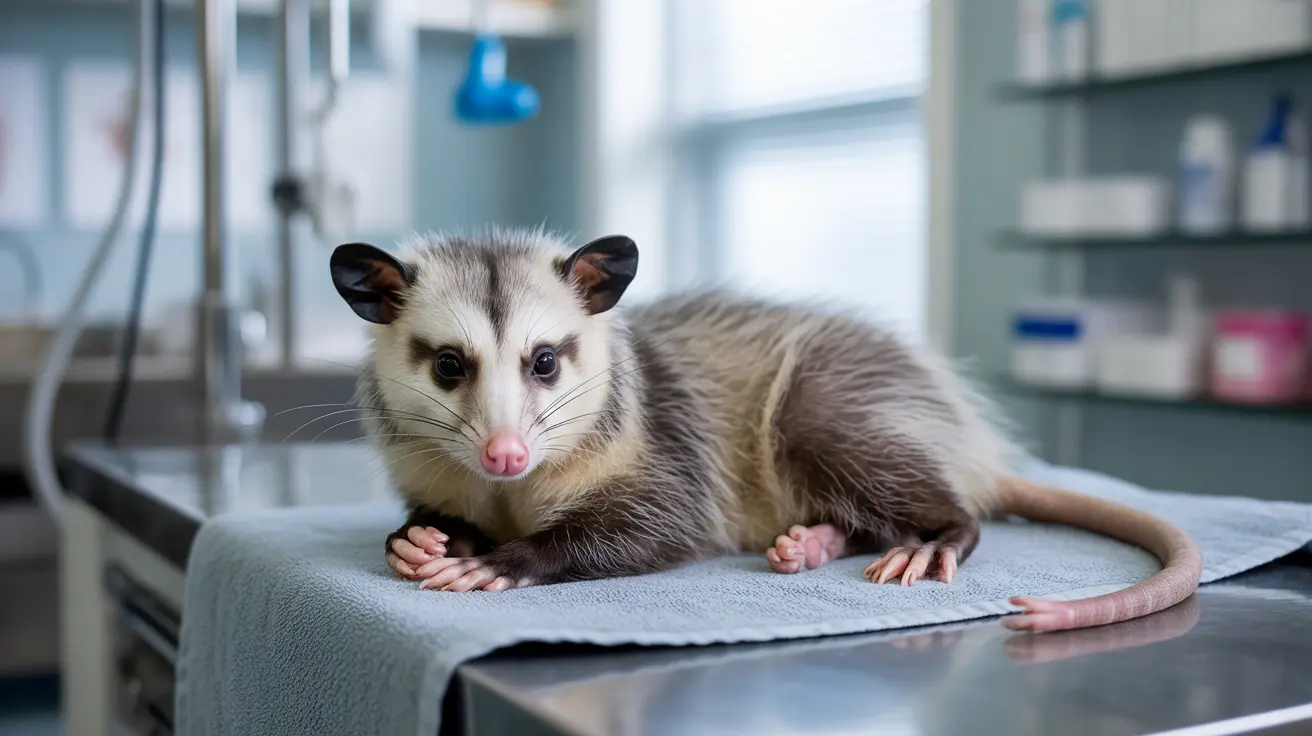While most cat owners are familiar with common parasites like roundworms and tapeworms, some parasitic infections in cats are surprisingly rare and often overlooked. Understanding these uncommon parasites is crucial for both veterinary professionals and pet owners to ensure proper diagnosis and treatment when they do occur.
In this comprehensive guide, we'll explore the parasites that are rarely seen in cats, with a special focus on Encephalitozoon cuniculi, an emerging parasitic concern in the feline population. We'll discuss symptoms, diagnosis, treatment options, and potential risks to both cats and humans.
Understanding Rare Parasitic Infections in Cats
Among the parasites rarely seen in cats, Encephalitozoon cuniculi stands out as a particularly interesting case. This microscopic parasite, traditionally associated with rabbits, has been increasingly recognized in cats, though it remains relatively uncommon in domestic feline populations.
Unlike common parasites such as Toxocara cati (roundworms) which affect 25-75% of cats, these rare parasites often go undetected or may be misdiagnosed due to their unusual nature and complex symptoms.
Encephalitozoon cuniculi: A Rare but Significant Threat
E. cuniculi is an intracellular microsporidian parasite that, while rare in cats, can cause serious health issues when present. Transmission typically occurs through ingestion of contaminated food or water, with stray and feral cats being at higher risk of infection.
Clinical Signs and Symptoms
- Ocular problems (uveitis, cataracts)
- Neurological signs (convulsions, unusual behavior)
- Kidney-related issues
- Weight loss and poor coat condition
- Behavioral changes
Diagnosis and Treatment of Rare Parasitic Infections
Diagnosing rare parasitic infections requires specific laboratory tests and careful clinical observation. For E. cuniculi, veterinarians typically use:
- PCR testing
- Serological analysis
- Histopathological examination
Treatment usually involves:
- Fenbendazole administration
- Supportive care
- Management of specific symptoms
- Regular monitoring and follow-up
Prevention and Risk Management
While rare parasites can't always be prevented, certain measures can reduce risk:
- Regular veterinary check-ups
- Proper hygiene practices
- Clean living environment
- Prevention of exposure to potentially infected animals
- Prompt attention to unusual symptoms
Frequently Asked Questions
Which parasites are rarely seen in domestic cats compared to common ones like roundworms?
Encephalitozoon cuniculi is one of the rarest parasites seen in domestic cats, along with certain protozoal parasites. This contrasts sharply with common parasites like roundworms (Toxocara cati) which affect a large percentage of the cat population.
How common is Encephalitozoon cuniculi infection in pet cats versus stray or feral cats?
E. cuniculi infection is relatively rare in pet cats but occurs more frequently in stray or feral populations due to their increased exposure to contaminated environments and limited veterinary care.
What symptoms should cat owners watch for that might indicate a rare parasite like Encephalitozoonosis?
Key symptoms include eye problems (cataracts, uveitis), neurological signs (seizures, circling), behavioral changes, weight loss, and poor coat condition. Any combination of these symptoms warrants immediate veterinary attention.
How is Encephalitozoon cuniculi diagnosed and treated in cats?
Diagnosis involves specialized laboratory tests including PCR, ELISA, and histopathology. Treatment typically consists of fenbendazole administration (20 mg/kg daily for 3 weeks) along with supportive care and management of specific symptoms.
Are there any zoonotic risks to humans from rare parasites found in cats, such as Encephalitozoon cuniculi?
Yes, E. cuniculi can potentially infect humans, particularly those who are immunocompromised. While the risk of transmission from cats is lower than from rabbits, proper hygiene practices should be maintained when handling infected cats.
Conclusion
While rare parasites in cats may not be commonly encountered, understanding their potential impact and recognizing their symptoms is crucial for proper veterinary care. By staying informed about these unusual parasitic infections, cat owners and veterinarians can ensure prompt diagnosis and treatment when they do occur.






